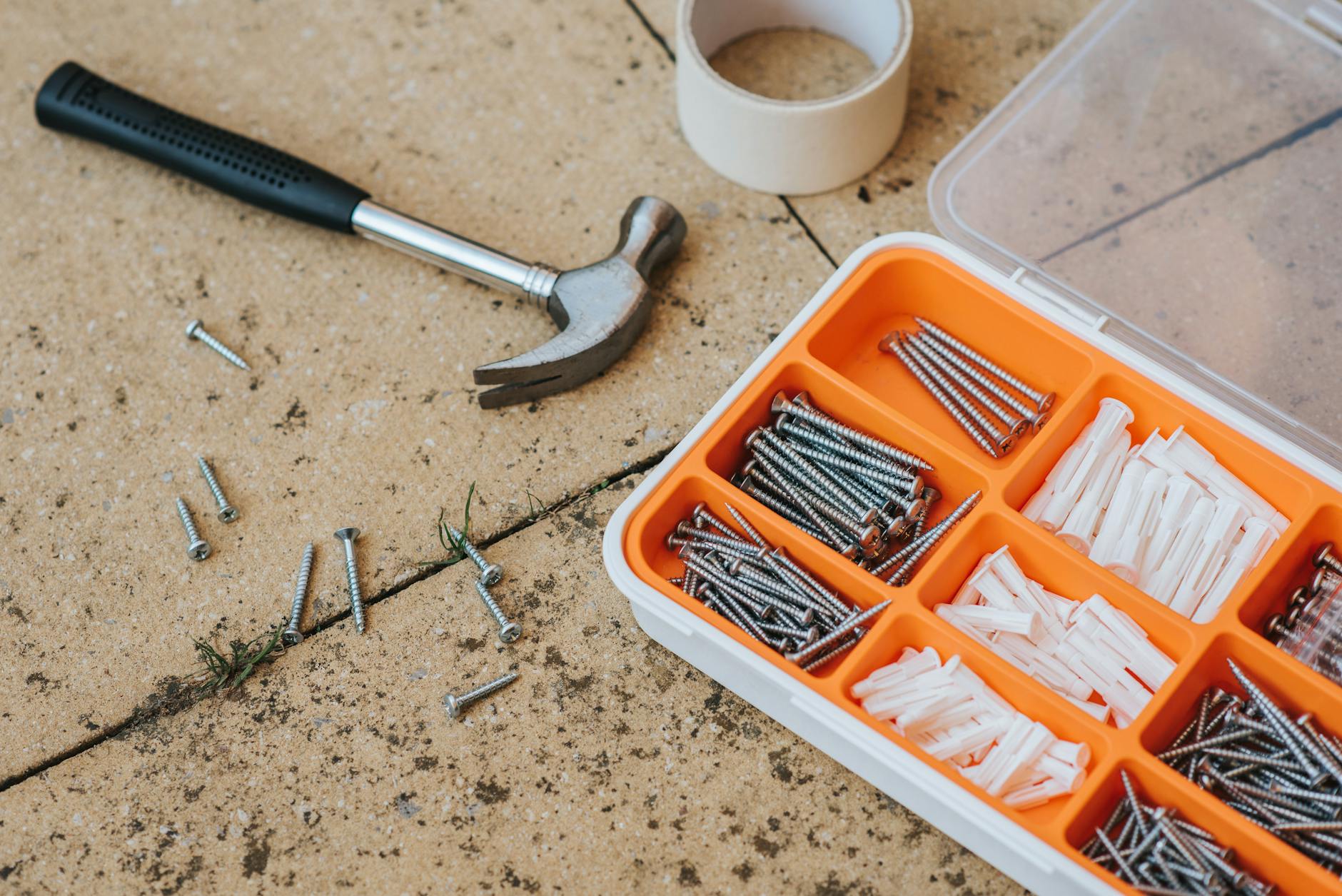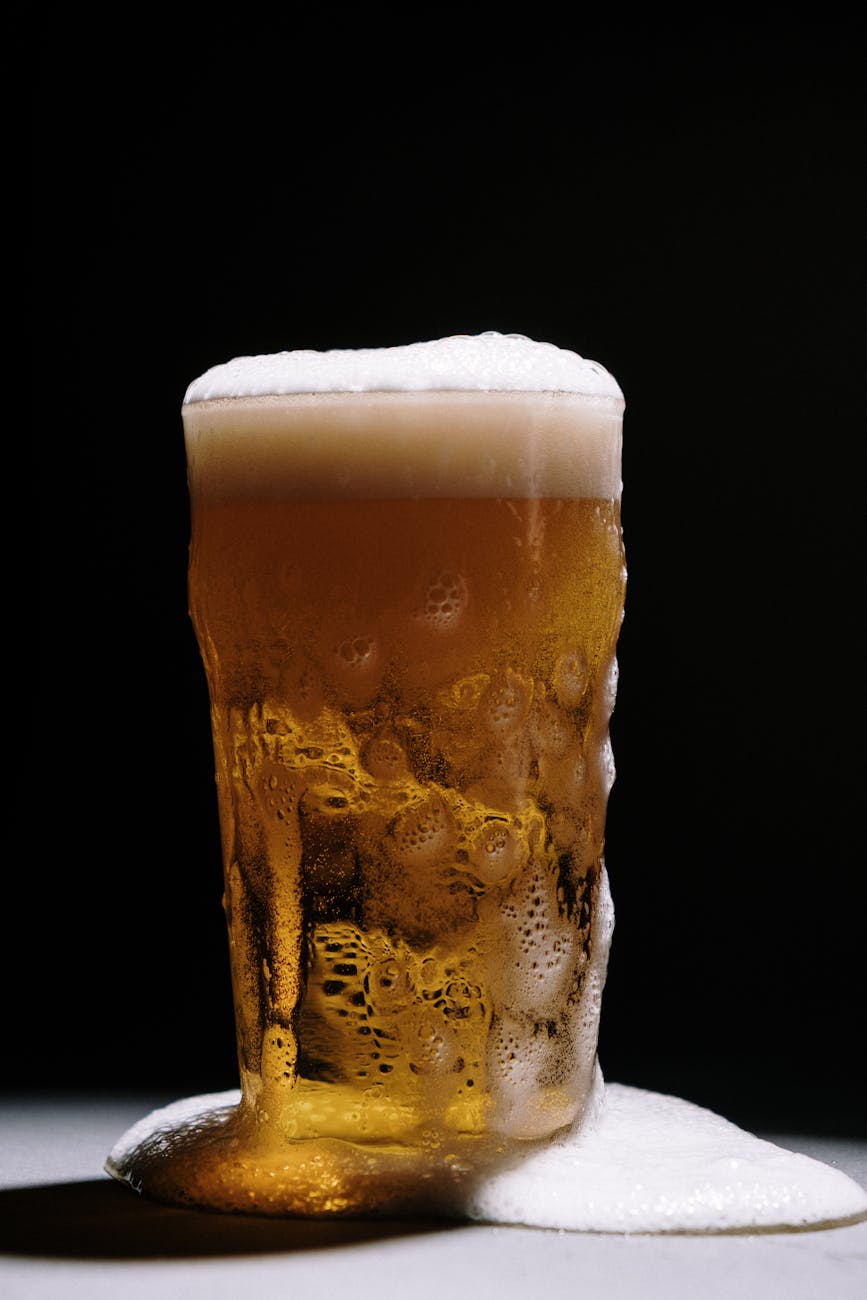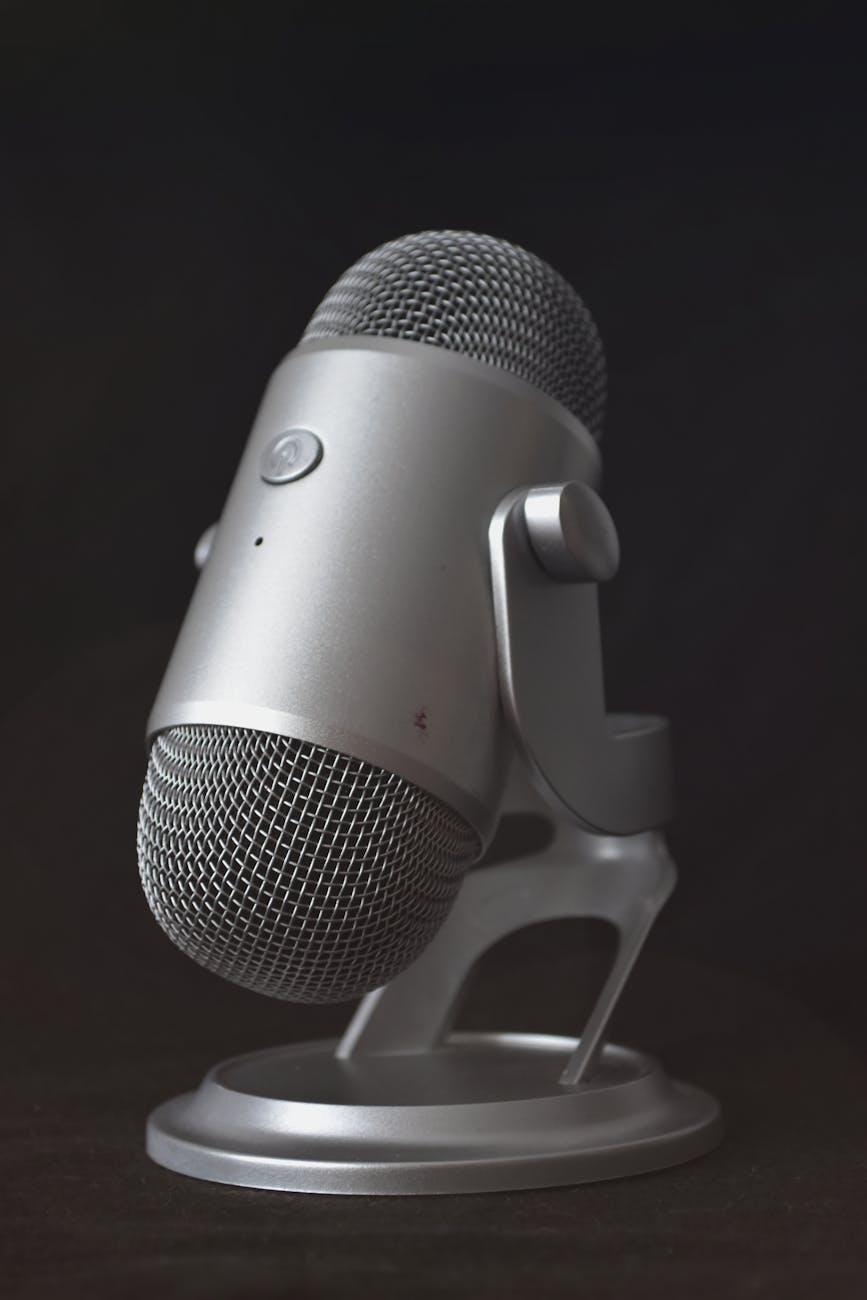Wow, I love eBay there are so many of these cameras around and there are quite a few that are refurbished and even have guarantees. Pacific Rim Camera seems like a good seller. They have 44K ratings (?!!) and specialize in vintage equipment. Plus, they tell you exactly what works and doesn’t work.
The SR-T 101’s only cost $25$-100 or so dollars so the big questions are:
- Find a metal SRT-101 as that was what I used
- Decide if it wouldn’t be sweeter to get an SRT-102, it had a cool little mirror so you could see aperture.
Rokkor Files has a really amazing list that explains the differences in these cameras. I hope they never take this down! But in case they do, here’s the quick summary that basically says if you care, you want an early model SRT-102:
- Minolta SR-T 102 (1966-1975). The camera actually incorporated the world’s first matrix metering system, called the ‘Contrast Light Compensator’ system by Minolta. The system used two seperate metering cells, situated at different parts of the pentaprism. These cells measured the light falling on different parts of the viewfinder screen, and provide a reading that takes into account the contrast in a scene. As a result, the camera has the capacity to significantly reduce underexposure of shadows or other dark areas in a photo. Towards the end of the SR-T 101 the mirror lock-up feature was removed, presumably at the same time that it was removed on the SR-T 102. Models of the SR-T 101 without mirror lock-up are relatively rare. The black finish on a regular SR-T cost an extra $10 or so, but it is actually a less durable finish than the chrome, and wears easily.
- Minolta SR-T 102 (1973-1975). In March 1973 Minolta released a new flagship model camera, replacing the SR-T101, which while still in production, was relegated to a secondary position. The new camera was the SR-T 102. At this stage Minolta also commenced its practice of naming cameras differently in different markets, which it carries on to this day. In this respect, the SR-T102 was named the SR-T 303 in Europe, and the SR-T Super in Asia-Pacific. Changes to the SRT101 are small, but significant to the advanced amateur photographer. Firstly, the camera included a full information viewfinder, whereby the lens aperture and selected shutter speed are shown in the viewfinder display. A photographer need never take his eye away from the finder now to check any details. Secondly, a split image rangefinder was added to the focusing screen as a new focusing aid. A multiple-exposure capability was also added through the use of the film release button. While this could be done on the other models, it was unpredictable and the photographer needed to hold the film rewind knob to ensure that the film was not advanced partially during the process. This was no longer a problem with the new model. Finally, the cold flash shoe was replaced by a hotshoe, eliminating the need for use of a sync cord when using electronic flash. These changes, although relatively minor, make the SR-T 102 probably the most attractive of all of the SR-T models to photographers today. It is noted however, that Minolta did cease production of SR-T 102 models with mirror lock-up partway through the model run.
The harder problem is figuring out a good lenses to get. This glass seems to have a sweet spot of good news is that are still lots of old posts. Again Rokkor files is a great help. Basically, you want to get a typical model MC as these were well tuned and great glass. Look for the black ring and the two letter code:
- Early Rokkor MC (1966-1972). These are the first meter coupled (hence “MC”) lenses manufactured by Minolta and are identifiable by their milled metal focusing ring, and plain metal (ie. unpainted) aperture ring. The quality of the coatings on these lenses is as a general rule not as good as those on later MC and MD lenses, and in some cases radioactive compounds of thorium and lanthanum were added to the glass mixture to increase the refractive index.
- Typical Rokkor MC (1972-1975/6). he main changes implemented in the Typical MC Rokkor Series was the introduction of a rubber focusing ring, as opposed to the previous milled metal ring. As a general rule, coatings were improved from the earlier MC series, but the optical formulas were generally unchanged. In fact, the coatings on these lenses were progressively improved throughout their life, and the later MC models are understood to have coatings very similar to the MD models. he difference between the two categories (Typical MC Rokkor and Late MC Rokkor) is generally the discontinuation of the two letter code on the front of the lens. This code designated the number of groups and elements within a lens, with details as follows:
First Letter (no. of groups): T=3; Q=4; P=5; H=6; S=7; O=8; N=9.
Second Letter (no. of elements): C=3; D=4; E=5; F=6; G=7; H=8; I=9; J=10; K=11; L=12. - Late Rokkor MC (1975/6-1977). Some lens designs were altered during this period. For example, the early MC lenses which featured a depth of field preview button had this feature removed in the later designs, and the 135mm lenses and 200mm lenses were totally redesigned during this era. These lenses are generally magnificent examples of the lens maker’s art. With incredible build quality, even in the less expensive models, they make an excellent choice for the keen photographer, and given they are normally about 20% cheaper than their MD Series counterparts.
- Early Rokkor MD (1977-1979). The most obvious change was the addition of a new tab at the rear of the lens diaphragm ring, designed to connect with the XD series bodies minimum aperture switch, telling the camera that the aperture selected was the minimum aperture which obviously we don’t need. The second and less obvious change to the lenses was the introduction of the new lighter weight “dynamically balanced” aperture blades in the MD series, a design purportedly enabling fractionally faster stop-down of the lens. This change was made in recognition of the XD Series “final check” metering system.
- Late Rokkor MD. Early in the production of the MD series of lenses Minolta redesigned many lenses, making them lighter and more compact than previously was the case. This resulted in the creation of a new filter thread size, being 49mm. Some of the lenses redesigned to save weight, and presumably to reduce cost of construction
Finally in selecting lenses, there is much on the web, but again Rokkor Files is a terrific resource and sorting in order and you can see good glass is always expensive.
- Minolta 5omm Rokkor-X MD f/1.2 . The 50mm f/1.2 MD Rokkor-X and the 58mm f/1.2 MC Rokkor are the two big guns of the Minolta normal lens line up. Expensive and heavy, they have a reputation for being great performers in low light as well as being sharp and contrasty for general photography. The 50mm MD is sharper but the 58mm f/1.2 MC ($90 used) has better bokeh and is good for portraits.
- Minolta 50mm f/1.4 MC Rokkor-PG or 50mm f/1.4 MD Rokkor-X. One of the finest lens around. Bokeh is excellent and very sharp. Overall I rate the 50mm f/1.4 MC Rokkor-PG and the 50mm f/1.4 MD Rokkor-X as equally as good as each other. A useful test would have been to also consider the 58mm f/1.4 MC Rokkor. Produced prior to April 1973, the 58mm f/1.4 has an avid following who swear by its performance. It is made from six elements in 5 groups (similar to the later 50mm f/1.7 lenses). I find it difficult to imagine that its resolution would be up to that of the later 50mms
- 85mm f/2 MD Rokkor-X. Then for portraits, we have amazing 85mm lenses with the later MD 85mm f/2 being the winner.
- 24mm f/2.8 MD w.Rokkor-x This is an incredible wide angle lens with minimal distortion. $300 used.
- 200mm f/2.8 MD Rokkor-X. Another amazing piece of glass. This is one of the real jewels of the Minolta manual focus system, and despite its high price (US$350+ on the used market), it is worth every cent.





